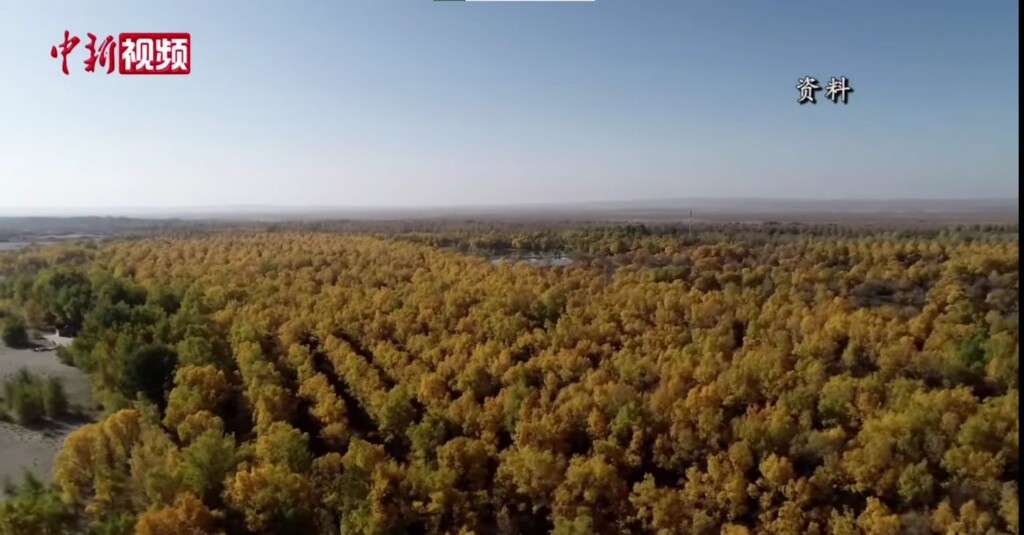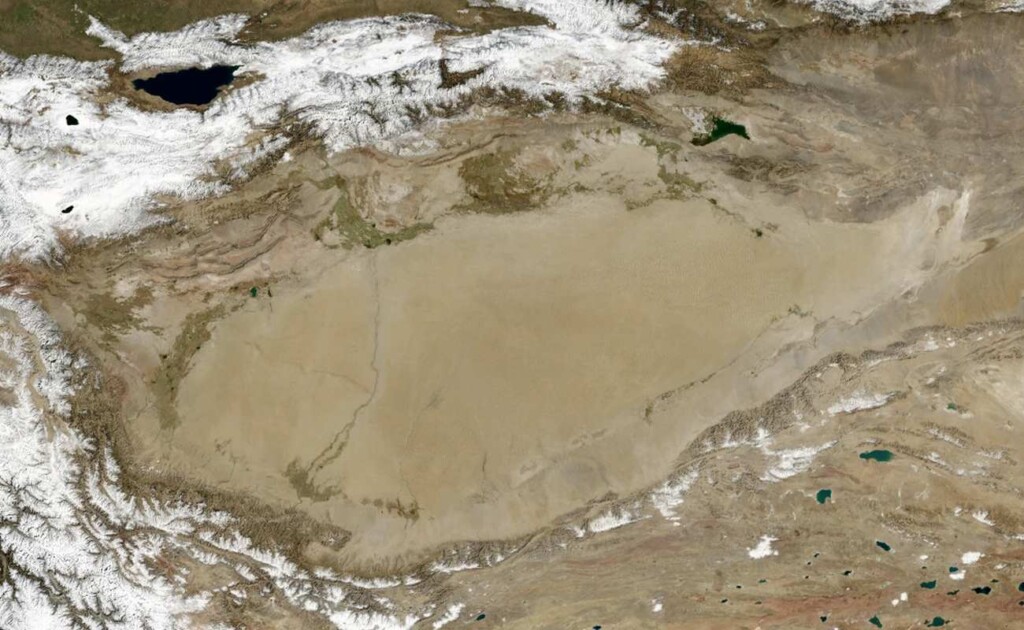
It has taken 46 years and reportedly suffered many setbacks, but on Thursday, the People’s Daily wrote that Chinese workers have succeeded in ringing the entire Taklamakan Desert in trees.
Last week, the final 100 trees were planted around the southern edge of the world’s most hostile desert, completing an epic endeavor sometimes called the ‘Green’ Great Wall of China.
Northern and western Chinese provinces suffer from dust and sand storms blowing off the Taklamakan—a word that in native etymology means “Go in and don’t come out”—souring the air and placing arable land at risk of desertification.
It’s the world’s second-largest shifting sand desert, as well as the farthest point from an ocean it’s possible to find on Earth. The areas around the Taklamakan are some of the poorest in the entire country.
The Green Great Wall began under Deng Xiaoping in 1978 with the “Three-North Shelterbelt” project. More than 30 million hectares (116,000 square miles) of trees have been planted.
Poor planning, follow-up, and species selection have occasionally resulted in major tree die-offs, sometimes from lack of irrigation and sometimes from beetle infestations.

Ecologists have also criticized the project for risking delicate groundwater sources, but its footprint shrunk the overall size of the Gobi Desert by 2,000 square kilometers in 2022, and offset significant amounts of China’s carbon footprint.
ALSO CHECK OUT: Norway’s Forests Have More Than Tripled in a Hundred Years
Despite these risks and reversals, the Three-North Shelterbelt has continued and is now reported to have been completed, raising the total forest coverage of the Chinese nation to 25%. The project has increased forest cover in Xinjiang, the arid, far-west province of China, from 1% in 1949, to 5% today.
Zhu Lidong, a Xinjiang forestry official, told a press briefing in Beijing on Monday that planting will continue as the government seeks to reinforce the ‘wall’ and keep desertification in check. Zhu added that after 4 decades of planting, officials are getting better at pairing species together to survive in the harsh climate.
MORE GOOD GREEN ENGINEERING: Couple Plants 2 Million Trees in 20 Years to Turn Destroyed Forest Back Into a Wildlife Haven
Zhu said he hopes the next stage will involve blocks of orchards to increase economic conditions for the people who live around the fearsome desert.
SHARE This 46-Year Project Finally Finished With Your Friends…




















